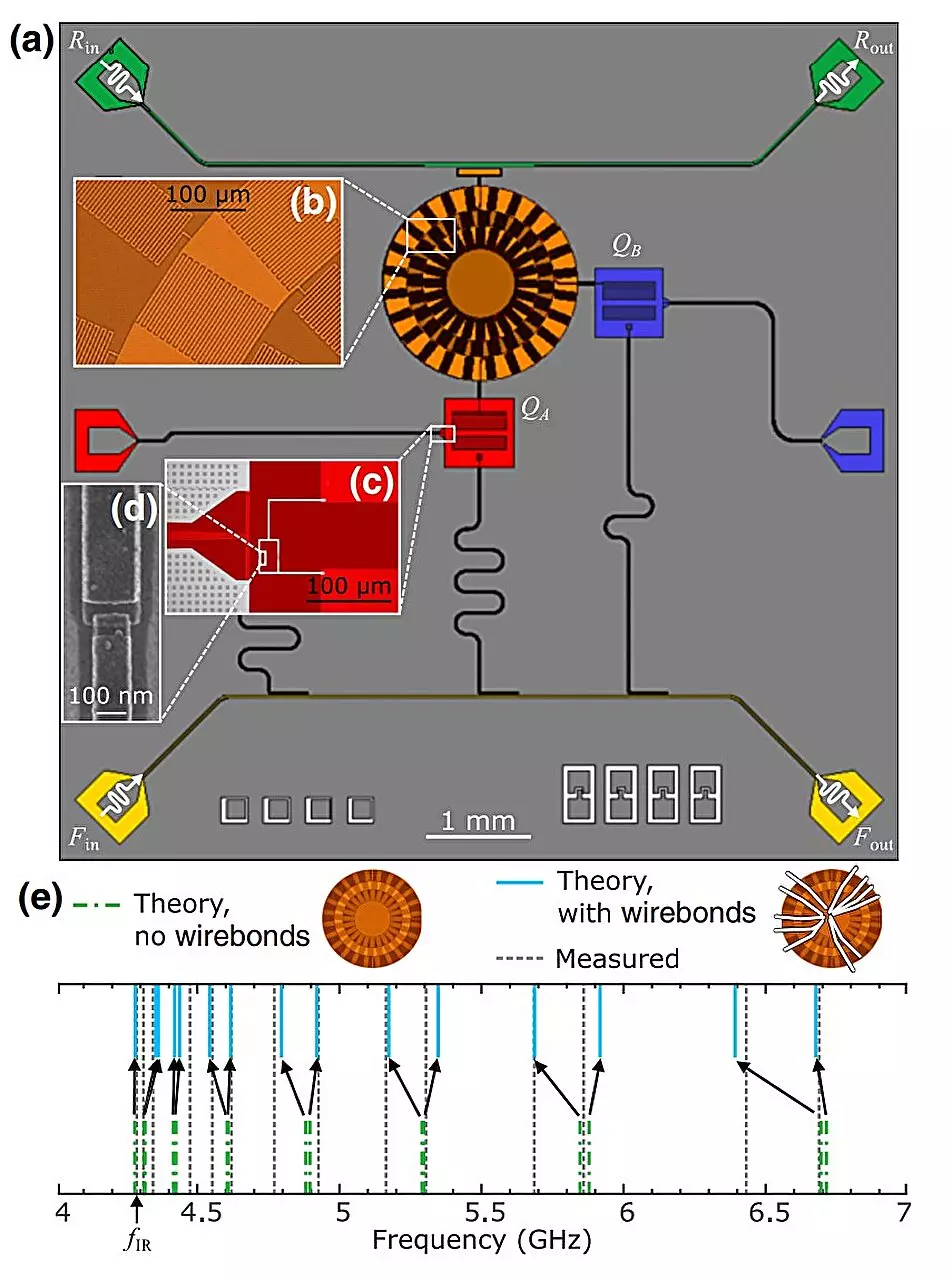In the rapidly advancing field of quantum computing, the goal of building a fully functional and fault-tolerant quantum processor dominates discussions among researchers and engineers. Quantum processors rely on qubits, the fundamental units of quantum information, which must be entangled to perform complex computations. However, significant challenges must be addressed when scaling superconducting qubits, which are among the most promising platforms for this task.
Current methodologies largely restrict qubit coupling to nearest neighbors, resulting in inefficient architectures laden with cumbersome physical constraints and complex couplers. As researchers strive to achieve a working quantum computer consisting of hundreds or even thousands of qubits, the scaling issue becomes evident. Each additional qubit necessitates an exponential increase in couplers, leading to intricate and unwieldy setups. The impracticality skyrockets when considering that connecting 1,000 qubits via the traditional approach would require an overwhelming volume of control wiring and equipment, rendering such configurations almost unmanageable. Thus, the quantum computing community is united in its search for more efficient coupling strategies.
A Breakthrough: The Multimode Coupler
In an innovative stride towards addressing these concerns, a collaborative effort spearheaded by Mohd Ansari and the experimental team led by Britton Plourde has unveiled a novel multimode coupler. Their research, published in PRX Quantum, showcases an artistic yet scientific creation: a ring-shaped coupler made from a metamaterial transmission line. This groundbreaking design provides a simultaneous coupling capability for multiple qubits with tunable coupling strengths, significantly simplifying the architecture needed for larger quantum computers.
The essence of this multimode approach lies in its distinct mechanical resonance properties. Unlike conventional systems, which typically exhibit a linear relationship between frequency and wavelength, this approach diverges from the norm in a surprising and refreshing manner. With the ring resonator demonstrating a unique property — doubling the frequency corresponds to doubling the wavelength — the coupling behaves in a manner akin to musical instruments, where higher pitches correlate with longer wavelengths. This fundamental shift not only enables a densely packed spectrum of standing-wave resonances but also allows for greater flexibility in managing qubit entanglement.
Enhanced Control Over Qubit Interactions
A hallmark of this innovative system is its capacity to control qubit interaction strength with remarkable precision. By judiciously placing two superconducting qubits in the strategic positions of 3 and 6 o’clock on the ring resonator, researchers have discovered that the interaction strength between these qubits grows directly with the amplitude of standing waves at their respective locations. This tunable strength means that qubits can be coupled in a flexible manner that adapts to the specific computational demands of any given scenario.
Moreover, this new multimode coupler introduces additional complexity and versatility through the potential creation of transverse exchange interactions among multiple qubits. By allowing for an interplay of positive and negative coupling that varies with each qubit’s detuning, this method embodies a rich landscape of quantum mechanics that paves the way for more nuanced entangling strategies. Coupled with the increased potential for higher-order ZZ interactions, this research aligns seamlessly with established theoretical models and could manage entanglement energy scales that vary from considerable magnitudes down to zero.
A Future of Scalable Quantum Systems
The implications of this research are profound. The structural design and sophisticated resonance properties of the multimode coupler not only offer a pathway to connect multiple qubits efficiently but also checkmark several boxes needed for future ambitious projects in quantum technology. The possibility of extending this framework to connect more than just two qubits around the ring represents a leap forward in the scalability of quantum devices.
As the world moves closer to realizing the dream of a fully operational quantum computer, the introduction of such multimode couplers may be the glue that binds together the worlds of theoretical possibility and practical application. Through collaborative innovation and cutting-edge design, researchers are redefining the landscape of quantum computing, making the transition from theoretical models to tangible devices a more achievable goal.


Leave a Reply